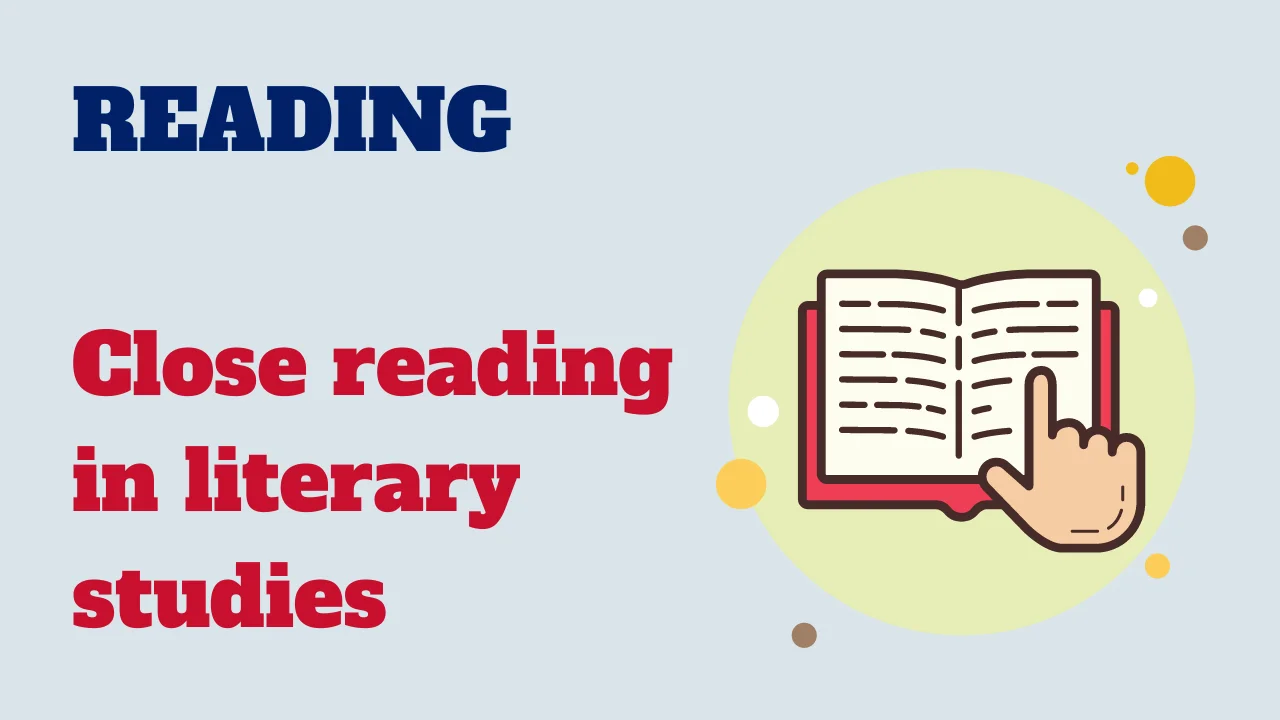In this reading activity, we’ll explore the history and significance of close reading in literary studies. Close reading, a technique that involves meticulous attention to language and form, has deep roots in the exegesis of religious texts and the hermeneutics of ancient works. We’ll trace its evolution from its religious origins to its emergence in literary criticism, particularly in 20th-century Britain and America.

Let’s delve into the text to understand the development and relevance of close reading in the study of literature.
Text: History and significance of close reading in literary studies
Decoding the Details: A History of Close Reading
Close reading, the meticulous examination of a short literary passage, has been a cornerstone of literary studies for much of the 20th century. Its rise coincided with the New Criticism movement, a group of American scholars in the 1920s and 30s who rebelled against earlier approaches that focused on biography and historical context.
Prior to the New Critics, literary analysis often resembled “distant reading,” skimming vast quantities of text to identify historical influences and movements. The New Critics, however, championed the intrinsic value of the text itself. They argued that literature functioned like a self-contained machine, and close reading was the key to unlocking its mechanisms.
Through meticulous attention to detail – individual words, sentence structure, imagery, and sound devices – close reading aimed to reveal the artistry of the writer and the internal logic of the text. A seemingly simple phrase, for instance, could be packed with hidden meaning through connotations, allusions, or ironic juxtaposition. Close reading became an exercise in uncovering these layers, appreciating the author’s craft, and ultimately, understanding the intended effect on the reader.
The significance of close reading extends far beyond technical analysis. It fosters a deep appreciation for language and its nuances. By dissecting a text bit by bit, readers develop a heightened awareness of how writers use words to evoke emotions, create imagery, and shape meaning. This skill translates beyond literature, improving communication and critical thinking in all areas.
While close reading has faced challenges from newer theoretical approaches that emphasize historical context and the reader’s role in meaning-making, it remains a vital tool. Even in the digital age, where vast datasets can be analyzed, close reading offers a vital counterpoint, reminding us of the power and complexity that reside within the individual text.
Comprehension questions
Through this exploration of the history and significance of close reading, we’ve uncovered its origins in religious exegesis and its development as a fundamental technique in literary studies. From its emergence in ancient texts to its modern applications in digital media, close reading continues to play a vital role in understanding and interpreting literature. As scholars navigate changing cultural and technological landscapes, the debate surrounding the relevance and adaptation of close reading remains ongoing, highlighting its enduring importance in the study of literature.



